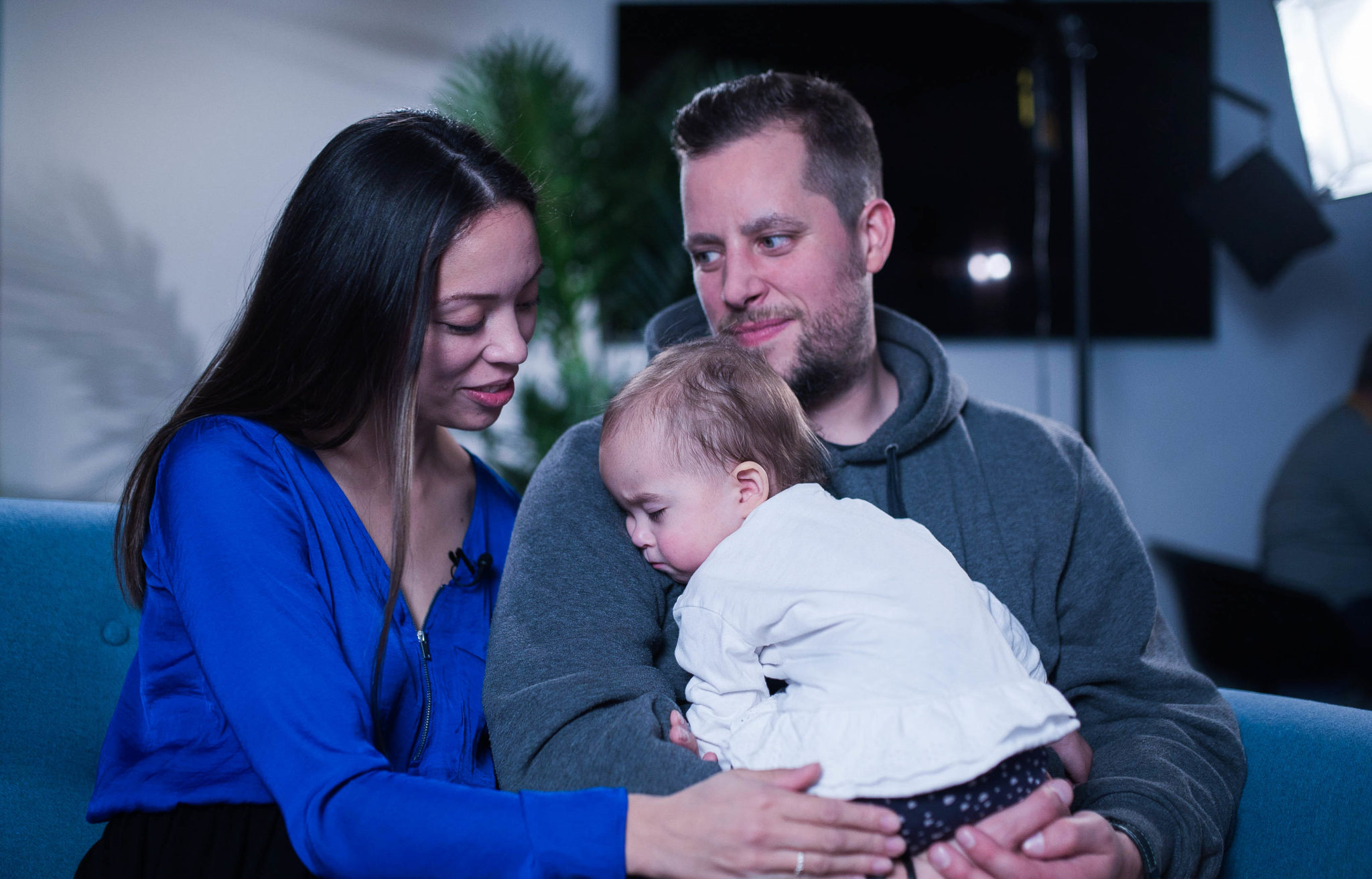
Fertility
Every year, 500,000 babies are born thanks to IVF and other assisted reproductive technologies (ART). Ferring is committed to building healthy families of every shape and size by developing innovative fertility treatments and expanding access to IVF treatment.
One in six heterosexual couples worldwide experience fertility issues, also known as infertility, or a failure to achieve pregnancy after 12 months or more of unprotected sex.1,2
Assisted reproductive technologies (ART) including in vitro fertilisation (IVF) and intracytoplasmic sperm injection (ICSI) can help many couples who have difficulty conceiving naturally to build a family.
Not just a women’s issue
Despite of some persistent myths, infertility is not just a women’s issue.
For heterosexual couples struggling to conceive, a third of cases are linked to the woman, a third of cases are linked to the man, and a third are a combination of the two, or unknown.3
Women with frequently irregular periods and conditions such as polycystic ovary syndrome (PCOS) and endometriosis can experience more difficulty conceiving.4,5 For men, low sperm count or quality, or both, are the main cause of infertility.
Fertility in both men and women declines with age, but women’s fertility declines more quickly, with a rapid decline after 35.6
Families of every shape and size
Every year, 500,000 babies around the world are born thanks to ART.
In addition to helping heterosexual couples with fertility issues, IVF and ICSI techniques are also helping members of the LGBTQ community and single women to build healthy families of every shape and size.
Access challenges
Despite the World Health Organization recognising infertility as both a disease and global public health issue, there is limited funding and coverage for IVF treatment on many national health services and health insurance programmes.
Many policies and laws, for example those linked to marital status or sexual orientation, also prevent many people from accessing treatment in their home countries.
At Ferring, we believe in everyone’s right to a family. We are committed to building healthy families of every shape and size by developing innovative fertility treatments and working alongside patient communities, healthcare professionals and policy makers to expand access to IVF treatment.
Join the #projectfamily conversation
From conception to birth, we’d love to hear your family-building story! Share online using #projectfamily, or join one of our #projectfamily campaigns.
Fertility and COVID-19
Read our statement on the COVID-19 (novel coronavirus disease) Pandemic and Reproductive Medicine here.
References
- European Society of Human Reproduction and Embryology, ART Factsheet 2018. Available at: https://www.eshre.eu/Press-Room/Resources Last accessed October 2019.
- World Health Organization. Infertility definitions and terminology. Available at https://www.who.int/reproductivehealth/topics/infertility/definitions/en/ Last accessed October 2019.
- S. Department of Health and Human Services, Office on Women’s Health. Infertility Fact Sheet. Available at: https://www.womenshealth.gov/a-z-topics/infertility Last accessed October 2019.
- National Institute for Health and Care Excellence. Fertility problems assessment and treatment. Available at: https://www.nice.org.uk/guidance/cg156 Last accessed October 2019.
- Centers for Disease Control and Prevention. Common Reproductive Health Concerns for Women. Available at: https://www.cdc.gov/reproductivehealth/womensrh/healthconcerns.html Last accessed October 2019.
- Human Fertilisation and Embryology Authority. About Infertility. Available at: https://www.hfea.gov.uk/i-am/women-over-38/ Last accessed October 2019.


